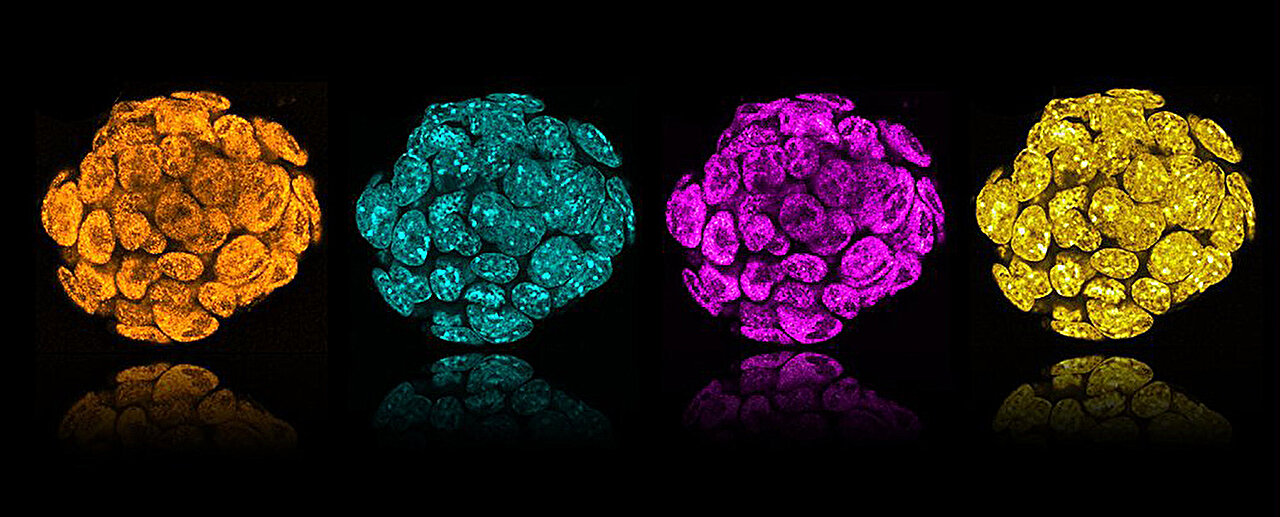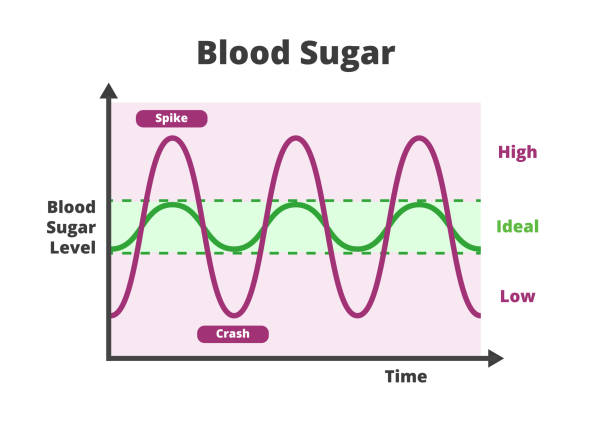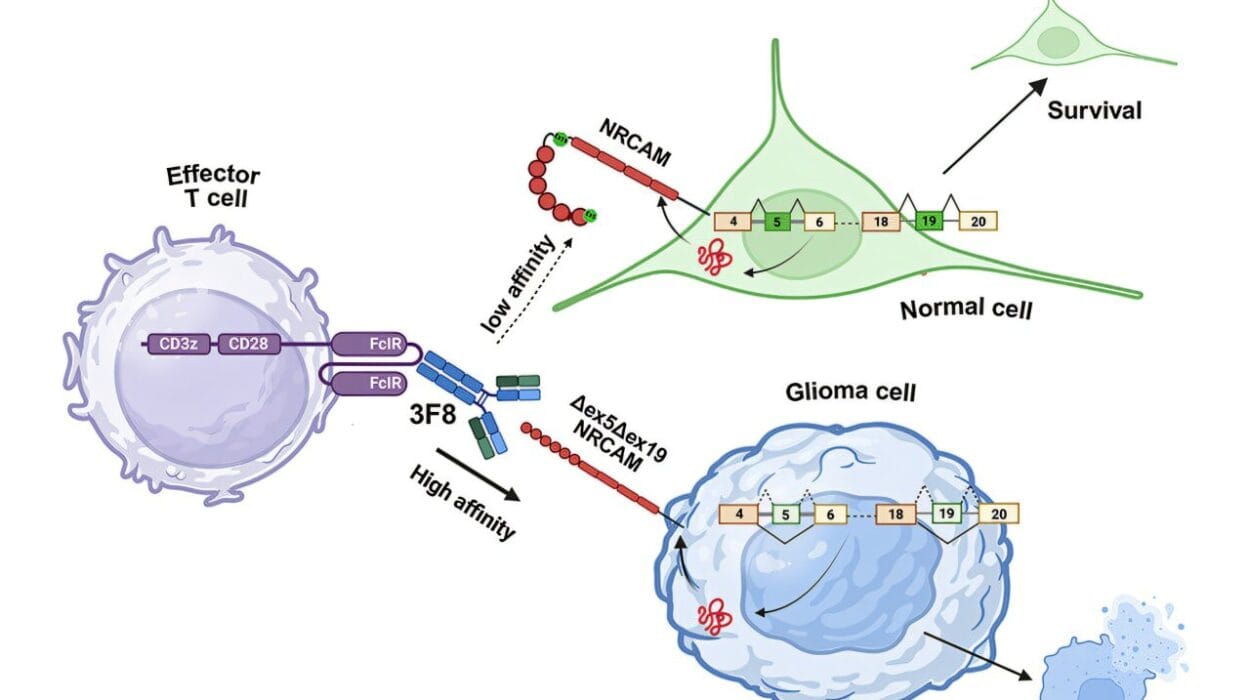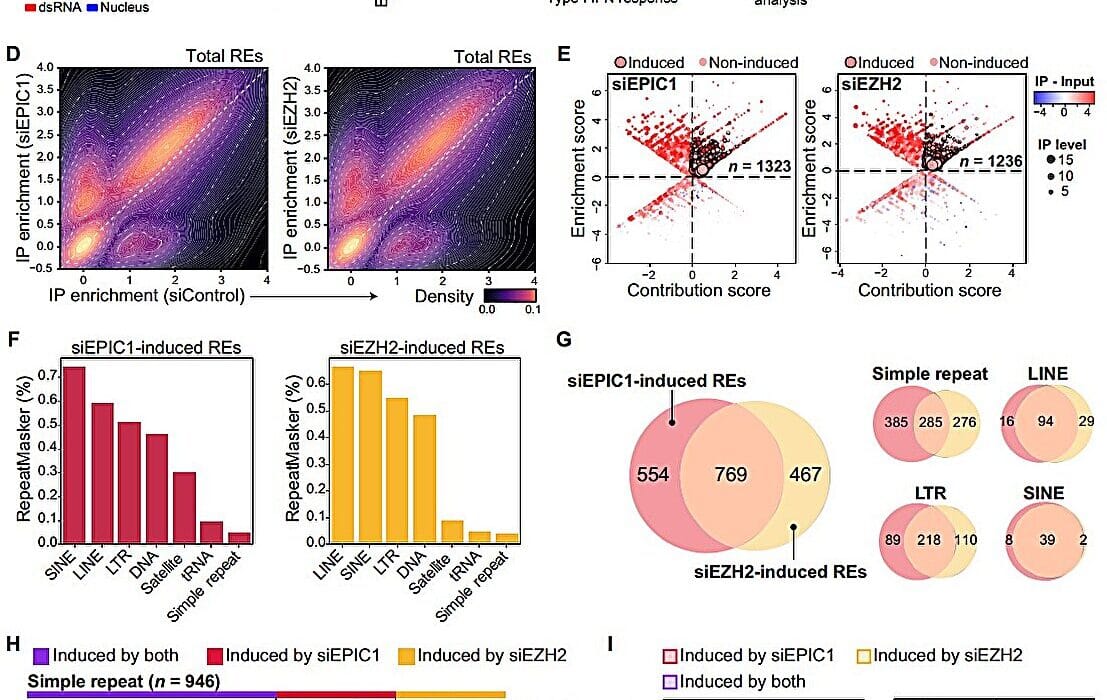Every cell in your body—whether it forms your beating heart, your agile neurons, or the skin you live in—runs on the careful interpretation of a genetic script. That script is encoded in DNA, a molecule tightly coiled inside the microscopic core of every cell. It is not merely a string of letters, but a living manuscript, one that must be read with precision. A single error in how a cell reads this script can change everything.
At the University of Geneva (UNIGE), scientists have just taken a bold step in understanding how that delicate reading process can go wrong—and how it might be corrected. In a groundbreaking study published in Nature Communications, researchers have identified two proteins—MLF2 and RBM15—that are critical in controlling gene expression. These molecular players appear to help regulate which portions of the genome are opened or closed for reading, and when.
The implications are vast: from the origins of cancer to the roots of neurodevelopmental disorders like autism, this discovery could open the door to targeted, less toxic therapies that address disease at its molecular core.
The Challenge of Reading the Right Instructions
DNA, if fully unwound, would stretch close to two meters long, yet it must fit inside the cell’s nucleus—a space scarcely wider than a pinhead. To accomplish this feat, our cells compact DNA into a dense structure known as chromatin, a complex of proteins that folds and organizes genetic material like origami.
But there’s a cost. In this tightly packed form, DNA becomes inaccessible, unreadable—like a book sealed shut. To activate specific genes, the cell must remodel the chromatin, selectively opening regions at the right time and place. This process, known as epigenetic regulation, is what allows cells to develop distinct identities despite sharing the same genetic code.
When chromatin is remodeled incorrectly, chaos can ensue. Genes that should remain silent become active, disrupting cellular function. In skin cells, for instance, inappropriate gene activation may lead to cancerous growth. In neurons, it could contribute to autism spectrum disorders or other neurological conditions.
“This is what we observe in skin cells,” explains Dr. Simon Braun, assistant professor at the UNIGE Faculty of Medicine. “If inappropriate regions of chromatin are exposed, parts of the genome that promote abnormal cell growth can become active, potentially leading to skin cancer. If this dysregulation occurs in developing neurons, it may also contribute to neurological disorders such as autism.”
A Pair of Unexpected Gatekeepers
In their quest to understand this mechanism, Braun and his team turned to the cutting-edge technology of CRISPR-Cas9, a gene-editing tool that has revolutionized biology. Using this molecular scalpel, the researchers scanned through over 20,000 human genes, inactivating them one by one to see which were responsible for controlling chromatin accessibility.
Out of that vast genetic library, two genes stood out—those coding for the proteins MLF2 and RBM15.
“This is a first,” says Hanna Schwämmle, lead author of the study and a doctoral student at UNIGE. “Our findings suggest that these two modulators could become promising therapeutic targets for diseases linked to disrupted chromatin remodeling—and potentially offer treatments that are less toxic than current options.”
Why are MLF2 and RBM15 so special? According to the team’s findings, these proteins appear to act as molecular regulators, fine-tuning the machinery that opens and closes sections of DNA. Their influence seems critical in ensuring that only the right parts of the genome are exposed—just enough, and never too much.
Toward a New Era in Precision Medicine
What comes next is crucial. The research team plans to investigate whether targeting MLF2 and RBM15—either by inhibiting or enhancing their function—can actually alter the course of diseases such as cancer. Could tweaking these proteins starve tumors or reverse harmful gene activation in brain cells?
“The next step will be to assess whether targeting MLF2 and RBM15 can kill cancer cells or merely slow their growth,” Braun explains. “In the longer term, the goal is to identify the most effective molecules to correct chromatin remodeling dysfunctions.”
That goal is more urgent than ever. Current treatments for diseases like cancer often involve radiation, chemotherapy, or immunotherapy—strategies that, while sometimes effective, come with serious side effects. Targeting the epigenetic regulation process could lead to a gentler, more precise approach, one that corrects the root cause of dysfunction rather than waging war on the whole system.
A Broader Vision: Decoding Cell Identity
Beyond treatment, this discovery touches on a much grander scientific question: What makes a cell become what it is?
Every cell in your body has the same DNA, yet they become heart, brain, skin, liver. That transformation hinges entirely on which genes are expressed, and when. MLF2 and RBM15 may help write that script—and now, for the first time, scientists have the tools to read their roles.
“This research adds a new chapter to our understanding of gene regulation,” Schwämmle says. “It also underscores the power of CRISPR technology in uncovering hidden regulators that influence the very identity of cells.”
The Promise Ahead
As science marches toward ever more intricate understandings of life at the molecular level, findings like these offer hope—not just for future treatments, but for a deeper appreciation of how our bodies maintain harmony.
What the team at UNIGE has uncovered is more than just two proteins. It’s a new lens through which we can explore the fine balance of cellular life, and a reminder that sometimes, the most powerful discoveries come not with a bang, but with a quiet unlocking of nature’s inner workings.
In the nucleus of a cell, where life is written in chemical code, two gatekeepers have stepped into the light—and they may hold the key to healing the body, one gene at a time.
Reference: Hanna Schwaemmle et al, CRISPR screen decodes SWI/SNF chromatin remodeling complex assembly, Nature Communications (2025). DOI: 10.1038/s41467-025-60424-x






